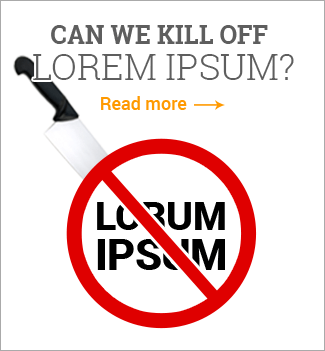
When it comes to website copywriting, design and development, simple is always better.
It makes it easier for online visitors to:
- Answer basic questions, starting with “Am I at the right place?”
- Absorb and digest key messages
- Fulfill a desired course of action, e.g. subscribe, purchase, etc.
All of the above promote satisfied needs, happy customers, and a healthy bottom line.
So why are so many websites so complex? The fact is “simple” is difficult to achieve.
Consider the wise words of historic French aviator and writer Antoine de Saint Exupery: “A designer knows he has achieved perfection not when there is nothing left to add, but when there is nothing left to take away.”
While he was reflecting on the development of airplanes long before anyone heard of Bill Gates or Steve Jobs, his logic fully applies to the Web.
Why Simple is Difficult
Conceptualizing and developing a simple, user-friendly website can be challenging for many reasons, from strains on time and resources to conflicting motives and objectives.
Web designers and copywriters are often pressed to churn out creations at a moment’s notice. But, whether manipulating words, images or code, it takes knowledge, experience and time to plan and develop appealing, functional and simple websites.
Good web writers invest a high percentage of time determining key messages before hammering away at the keyboard. Likewise, experienced web designers study their clients’ needs and sketch out ideas before hitting the computer.
Simple isn’t Stupid
There’s a vast difference between communicating simply and communicating poorly.
Simple website content promotes effective communications. It is easily processed, understood and connects with readers. Poor communications – whether caused by inferior writing or flawed designs – rarely hits the mark.
People are often surprised to learn web writers at Webcopyplus aim to deliver web content at a grade-eight level. Clients and students alike ask: “Won’t this offend your audience?” Many people fail to realize that most reputable national newspapers are also written at this level. Even TIME magazine, which is by and large deemed sophisticated, is written at a grade-ten level.
While there are exceptions, most targeted online audiences have varied expertise in both the Internet and subject matter. An expert can endure simplicity, but a novice might not be able to identify with or comprehend complex information.
Invest in Simple
To promote your website’s readability, scanability and usability, ensure your web designer and web writer take extra time and effort to scrap any useless elements, from extra fonts to extra syllables.
Effective web content isn’t about flashy graphics and fancy words. It’s about communicating key messages and getting tasks completed.
Simple connects.






